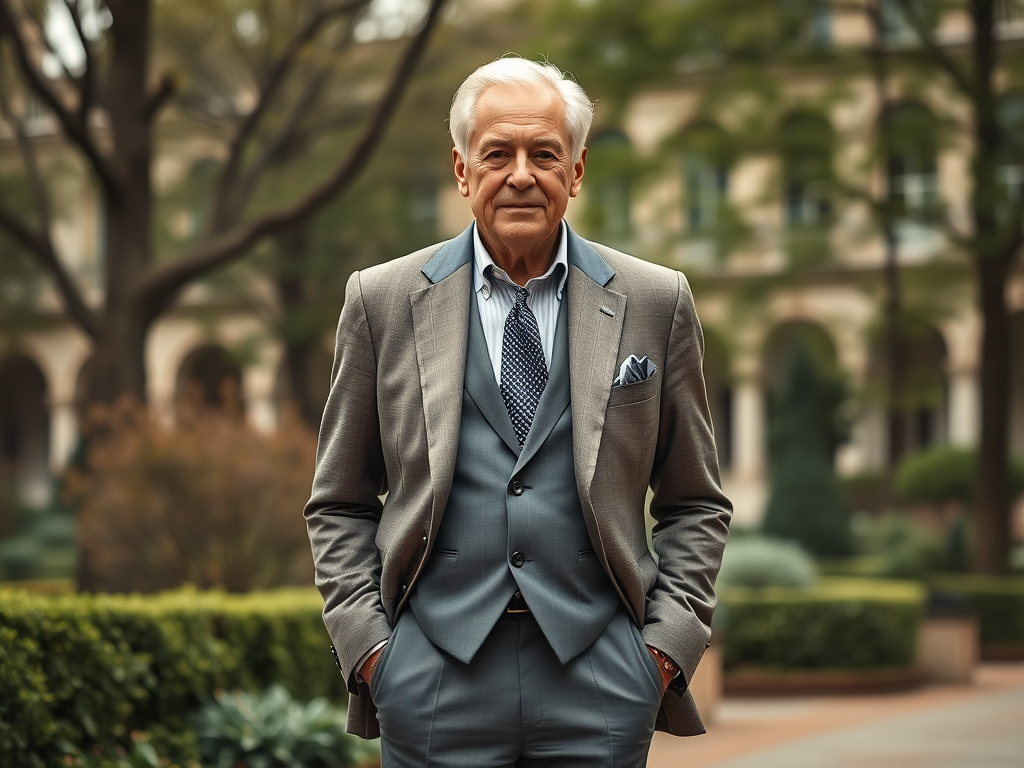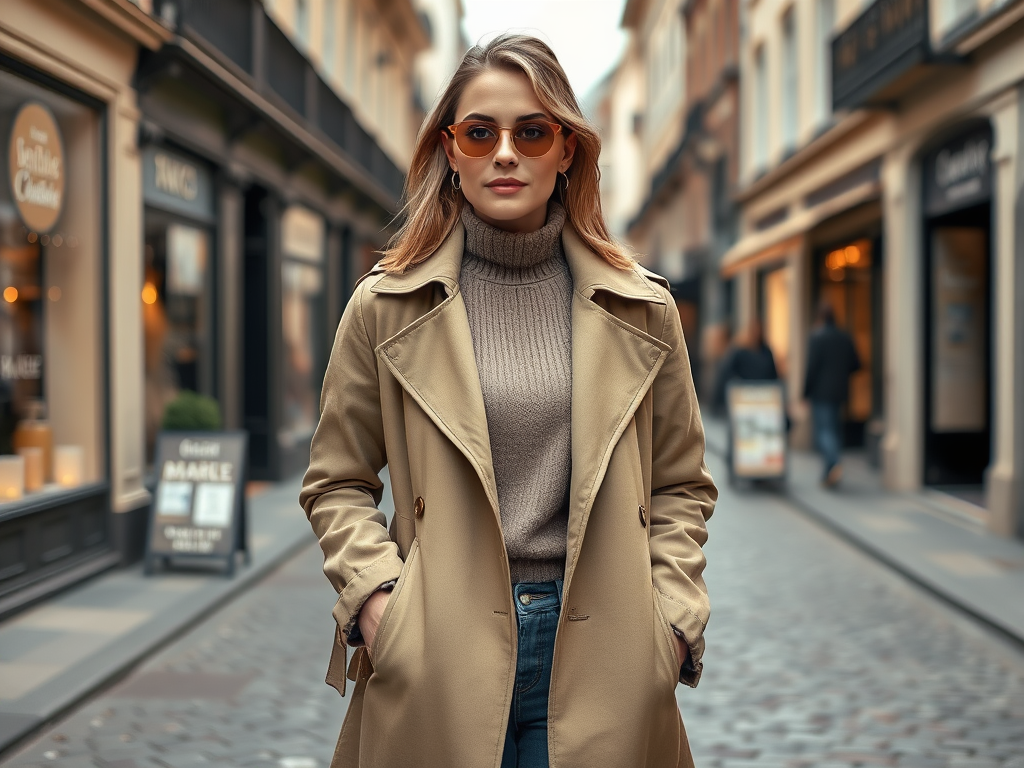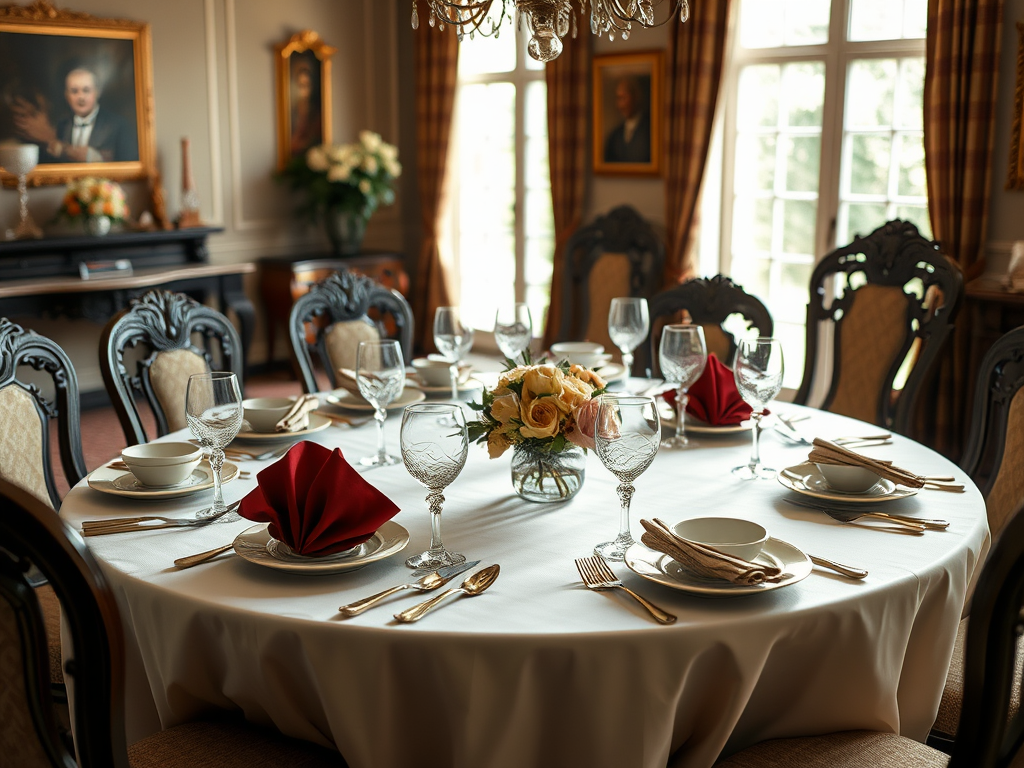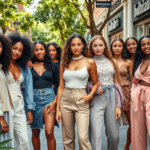
Old Money Style is a fascinating expression of understated elegance that speaks to more than just wealth; it conveys a legacy of heritage and refinement. When one thinks of old money, images of classic mansions, private schools, and timeless fashion often come to mind. This style is not solely reflected in clothing but weaves through behavior, values, and even decor. In a world that increasingly embraces fast fashion and overt displays of wealth, Old Money Style stands out as a beacon of sophistication and authenticity. For beginners, grasping the principles of this style offers a rewarding journey into a culture that prioritizes quality over quantity, discretion over ostentation. As we explore these principles, you’ll discover how to infuse your personal aesthetic with elements of Old Money, allowing you to cultivate an image that resonates with grace and taste.
Characteristics of Old Money Style

Old Money Style is defined by several key characteristics, each contributing to a cohesive aesthetic that embodies timeless elegance. Firstly, one of the most notable traits of Old Money fashion is an unwavering commitment to classic fashion choices that do not flutter with changing trends. Instead, the emphasis is placed on high-quality fabrics and tailoring that have stood the test of time. This approach means leaning towards neutral tones and traditionally cut clothing that manages to remain evergreen. Secondly, the philosophy of quality over quantity prevails; it’s about choosing fewer, well-made items that promise longevity in both style and function. For instance, a well-tailored blazer can be a cornerstone piece that transcends seasons and occasions.
What defines timeless fashion choices, you might wonder? Here are several critical aspects:
- Tailored, classic silhouettes
- High-quality materials such as cashmere, silk, and cotton
- Neutral and muted color palettes
These four elements work together to create a look that feels both sophisticated and approachable. Ultimately, it’s about a refined sense of style that avoids unnecessary flamboyance or the conspicuous display of wealth.
Building an Old Money Wardrobe

For those looking to build an Old Money wardrobe, it’s essential to focus on key staples that encapsulate the essence of this style. Understanding the core components of an Old Money wardrobe can make the process less overwhelming. The goal is to invest in pieces that are versatile, durable, and timeless—essentially forming the backbone of your personal style. Consider items that can be effortlessly mixed and matched, allowing for an infinite array of stylish combinations. Below is a table highlighting essential wardrobe staples paired with their respective suggestions for quality brands.
| Wardrobe Staple | Recommended Brands |
|---|---|
| Classic Blazers | Brooks Brothers, J.Crew |
| Tailored Trousers | Paul Smith, Theory |
| Quality Footwear | Church’s, Salvatore Ferragamo |
In addition to the items listed in the table, here are a few more key staples to consider:
- Cashmere sweaters
- Timeless trench coats
- Simple yet elegant handbags
These items offer versatility and can be styled for different occasions, ensuring that you maintain a polished appearance at all times. Moreover, seasonal essentials further enhance your wardrobe while adhering to the ethos of Old Money.
The Role of Etiquette
Adopting an Old Money Style encompasses more than just fashion; etiquette is an equally crucial aspect. Understanding social norms and demonstrating proper manners can significantly enhance the Old Money image—a style that is as much about demeanor as it is about clothing. It’s essential to master fundamental elements of etiquette, ranging from dining manners to conversational skills. An individual with Old Money Style understands how to navigate different social settings with ease, displaying a balance of confidence and humility. Furthermore, adopting the right attitude and demeanor is vital; it reflects both on the individual and their understanding of personal style. Elegance and composure are paramount, allowing one to operate in high-society circles without feeling out of place.
Seeking Inspiration from Old Money Icons
Exploring the lives and styles of Old Money icons can provide valuable insights and serve as inspiration on your journey to mastering this aesthetic. These figures often exemplified what it means to live elegantly, making lifestyle choices that align with the values of Old Money. Note a few notable figures whose influence can guide you:
- The DuPont Family: Esteemed for significant contributions to American society and industry.
- The Astors: Recognized for their historical homes and philanthropic efforts.
- The Vanderbilts: Known for their opulent lifestyle and enduring taste.
Conclusion
Embracing Old Money Style is not merely about selecting the right clothes; it encompasses an entire lifestyle rooted in quality, refinement, and dignity. By adhering to these principles, you can develop a personal aesthetic that resonates with sophistication and timelessness. Remember to curate your wardrobe thoughtfully, practice essential etiquette, and seek inspiration from those who have come before. In a society often drawn to the flashiness of modern trends, committing to an Old Money approach can set you apart, allowing you to cultivate an image that is both distinguished and authentic.
Frequently Asked Questions
- What is Old Money Style? Old Money Style refers to a traditional and understated approach to fashion and lifestyle associated with established wealth.
- How can I start incorporating Old Money Style into my wardrobe? Focus on obtaining high-quality, timeless pieces, and avoid flashy trends or logos.
- Are there specific colors associated with Old Money Style? Yes, muted and neutral colors are commonly favored, such as navy, black, gray, and earth tones.
- Is Old Money Style only about clothing? No, it also encompasses manners, etiquette, and a general demeanor of sophistication.
- Can I mix Old Money Style with modern trends? While the essence of Old Money is classic, subtle blending can allow for personal expression, as long as the core principles are maintained.




